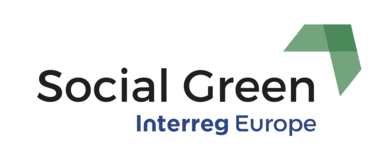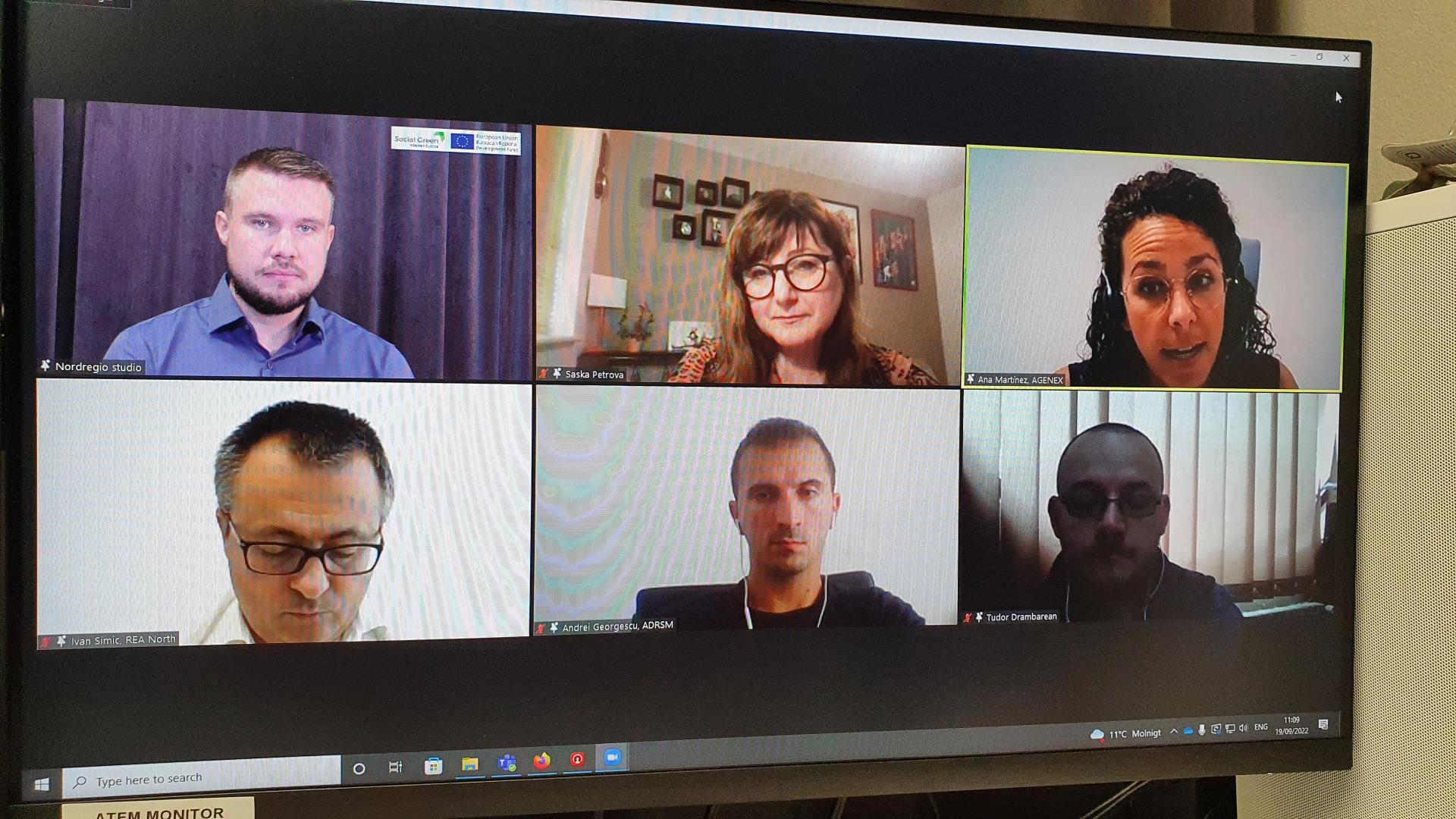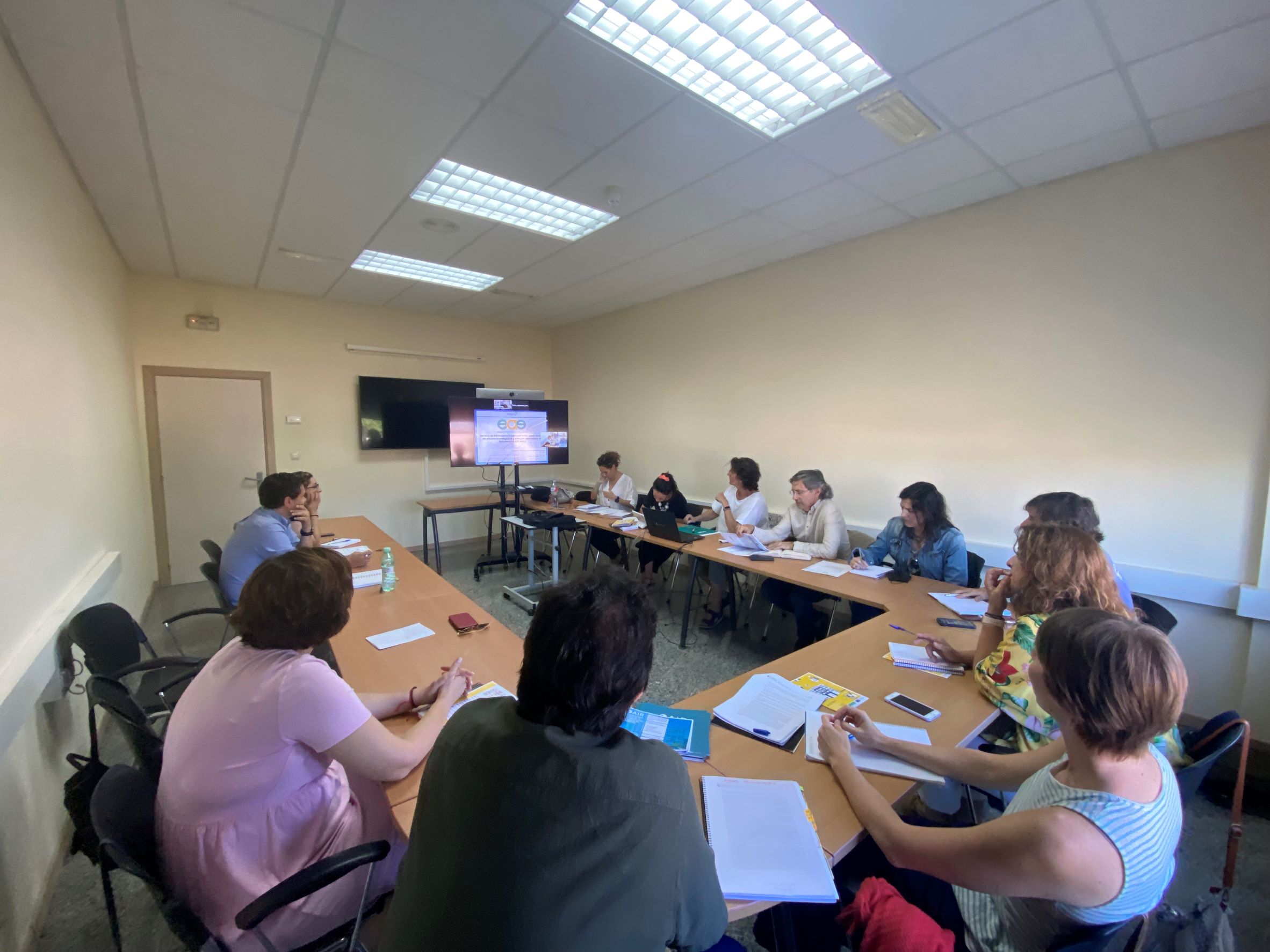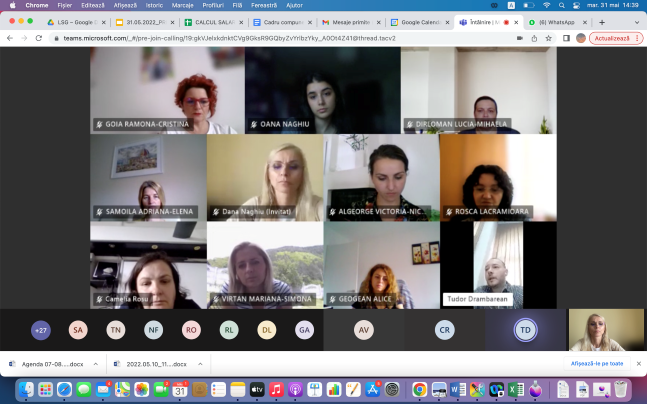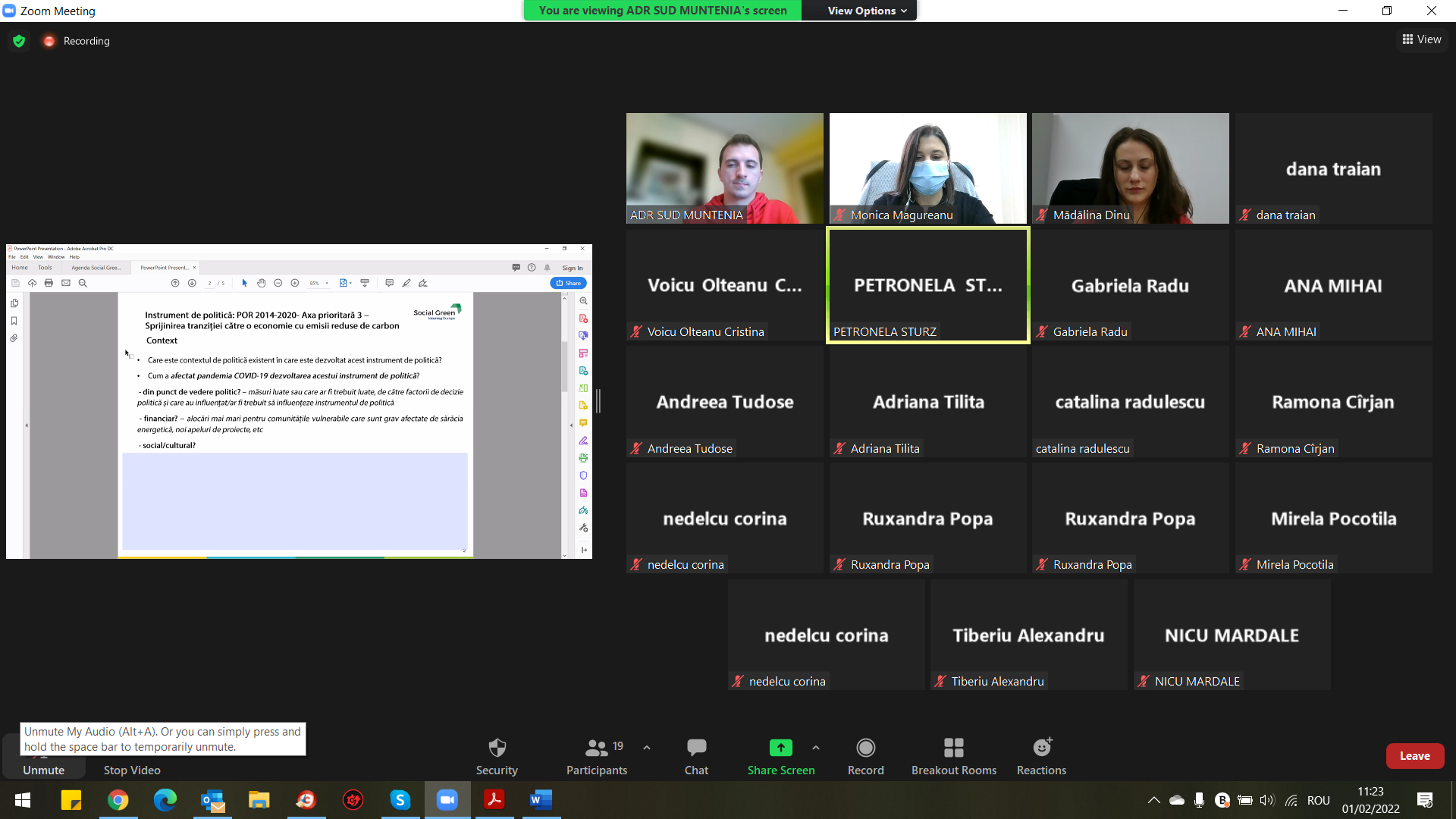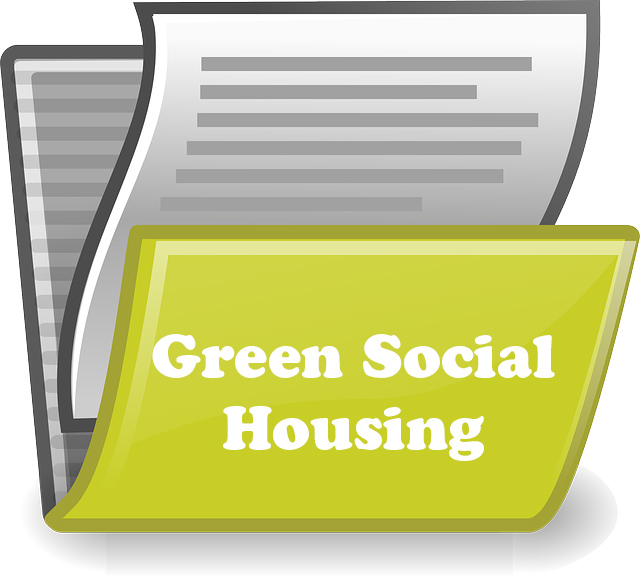Green retrofits of energy-poor homes require involvement from a complex array of players and are dependent on funding, developers, workers, public authorities, housing associations, and many others. To identify the challenges in a territory is challenging per se, but to find solutions and then turn them into improvements of an already defined policy instrument can be all the more difficult. The journey of South Muntenia Regional Development Agency (SMRDA) is an illustrative example of the core essence of never giving up, and of continuing to work for the necessary improvement which will culminate in the successful outcome of overcoming energy poverty.
SMRDA was influenced by several good practices from other partners in the Social Green project, such as the KredEx scheme in Estonia. Through engagement with its local stakeholder group, SMRDA identified solutions for how to improve the policy instrument in the South Muntenia region (RO) with funding available under the current programming period. Even though appropriate suggestions of policy measures were proposed, the Social Green partner needed to change their approach in order to improve another policy instrument, the Regional Development Plan 2014–2020. The intention was to improve the development plan because it will influence the forthcoming (2021-2027) ROP. However, SMRDA encountered further difficulties in influencing the regional development plan during the implementation phase of the Social Green project. Instead of giving up, SMRDA shifted its focus towards influencing the ROP directly, which provides a more promising result. Here it seems like SMRDA will be more successful, and there are a few improvements and new policy measures that will likely be introduced.
As mentioned above, the most prevalent challenge in the region is poor-energy apartment buildings built prior any energy requirements. In order to combat energy poverty in the region, the improvement of those buildings must be a primary focus. For example, in the Regional Operational Programme 2021–2027, one of the proposed measures is to support the investment in buildings to ensure/improve energy efficiency, including consolidation activities in line with identified risks and measures for the use of alternative energy sources. This suggests that, in the future, there will be funds directed to greening the energy-poor homes, including important consolidation activities, in South Muntenia. Because of the work of SMRDA and all involved local stakeholders, the aim to reduce energy poverty in the region has a higher likelihood of success.
In addition to this, one major takeaway from SMRDA’s journey is the importance of the involvement of other local stakeholders. While phase 1 of the Social Green project involved formal meetings with local stakeholders, such meetings were removed from phase 2, which, according to one interviewee, made the implementation phase more challenging than expected.
